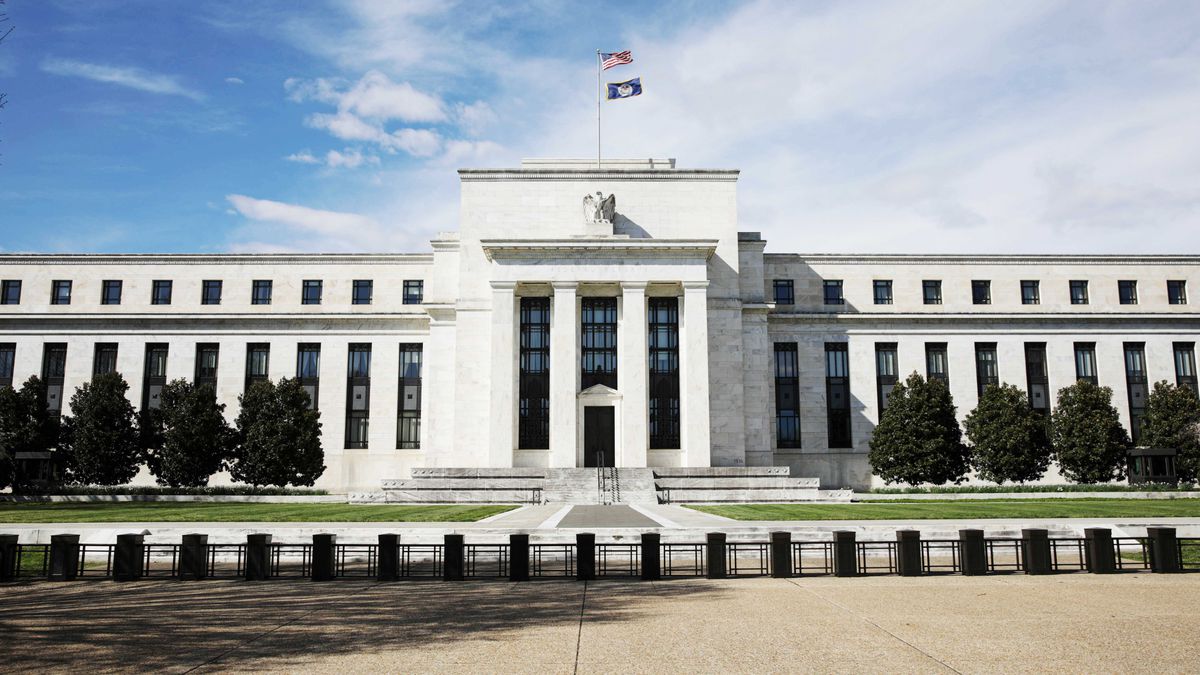Should We Expect a Rate Cut From the Fed Today?
31.07.2024 17:30 2 min. read
Today is an important day for the american economy as the long-awaited Fed meeting will take place at around 19:00 (UTC).
The Federal Reserve is expected to keep interest rates steady at its upcoming meeting but may signal a potential rate cut in September. Market indicators suggest a strong likelihood of a rate reduction during the Fed’s mid-September session, with speculation centered on whether the cut will be a modest quarter-point or a more substantial half-point.
The Fed has maintained its policy rate within the 5.25%-5.50% range for the past year. A half-point cut would likely require clear signs of a rapid economic slowdown that could endanger the current low unemployment rate of 4.1%.
Despite aggressive rate hikes aimed at controlling inflation, the economy has shown resilience. The second quarter saw a solid 2.8% annual growth rate, and job market data remains robust, with over 8 million job openings and a decline in layoffs. Employment metrics are stabilizing at pre-pandemic levels, suggesting a balanced job market.
The employment cost index increased by 0.9% in the second quarter, falling short of the 1% increase predicted by economists. This may imply that wage growth is unlikely to spur further inflation.
Analysts anticipate that Powell will stress the Fed’s data-dependent approach, with upcoming economic reports, including July’s employment figures, playing a crucial role in future decisions. Inflation continues to slow, with the PCE price index rising at a 2.5% annual rate in June and averaging around 1.5% recently, compared to the Fed’s 2% target. Tim Duy from SGH Macro Advisors suggests that the Fed may delay significant rate cuts, with current data supporting a gradual rather than immediate adjustment.
-
1
U.S. PCE Inflation Rises for First Time Since February, Fed Rate Cut Likely Delayed
27.06.2025 18:00 1 min. read -
2
Key U.S. Economic Events to Watch Next Week
06.07.2025 19:00 2 min. read -
3
Gold Beats U.S. Stock Market Over 25 Years, Even With Dividends Included
13.07.2025 15:00 1 min. read -
4
U.S. Announces Sweeping New Tariffs on 30+ Countries
12.07.2025 16:30 2 min. read -
5
US Inflation Heats Up in June, Fueling Uncertainty Around Fed Cuts
15.07.2025 16:15 2 min. read
US Inflation Heats Up in June, Fueling Uncertainty Around Fed Cuts
U.S. inflation accelerated in June, dealing a potential setback to expectations of imminent Federal Reserve rate cuts.
Gold Beats U.S. Stock Market Over 25 Years, Even With Dividends Included
In a surprising long-term performance shift, gold has officially outpaced the U.S. stock market over the past 25 years—dividends included.
U.S. Announces Sweeping New Tariffs on 30+ Countries
The United States has rolled out a broad set of new import tariffs this week, targeting over 30 countries and economic blocs in a sharp escalation of its trade protection measures, according to list from WatcherGuru.
Key U.S. Economic Events to Watch Next Week
After a week of record-setting gains in U.S. markets, investors are shifting focus to a quieter yet crucial stretch of macroeconomic developments.
-
1
U.S. PCE Inflation Rises for First Time Since February, Fed Rate Cut Likely Delayed
27.06.2025 18:00 1 min. read -
2
Key U.S. Economic Events to Watch Next Week
06.07.2025 19:00 2 min. read -
3
Gold Beats U.S. Stock Market Over 25 Years, Even With Dividends Included
13.07.2025 15:00 1 min. read -
4
U.S. Announces Sweeping New Tariffs on 30+ Countries
12.07.2025 16:30 2 min. read -
5
US Inflation Heats Up in June, Fueling Uncertainty Around Fed Cuts
15.07.2025 16:15 2 min. read


